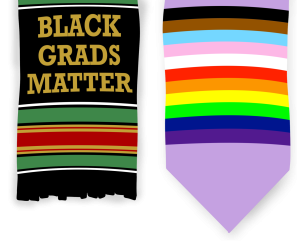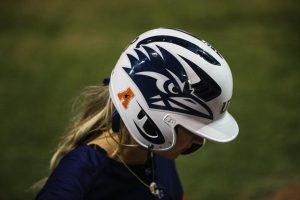
I’ve always been afraid of needles. Particularly needles either injecting a chemical compound into my body or extracting blood from my arm.
It took a friendly face and an opportunity to make a real difference to change my mind forever.
This past March I signed myself up for the National Marrow Donor Program through the South Texas Blood and Tissue Center. An utter contradiction to my existing phobia but with two very close relatives who have passed away from Leukemia and Cancer, I wanted to give someone else a fighting chance.
The coordinator eased my tension, using a cotton swab rather than a needle injection to initially test for my compatibility with a patient. I was reassured that it could take years to be called for a match and, perhaps, I could never be matched with a recipient.
In mid-November I received a voice mail from a Blood and Tissue Center representative telling me that I was a potential match for an 11-year-old boy with Leukemia.
The slight wave of shock that pulsed through my veins contradicted the representative’s enthusiasm as I listened to her instructions. I called the center back and made an appointment to donate blood the following week.
My first blood donation would be to check if I was the best possible match for the recipient. A word to the wise: when you donate blood, make sure you are hydrated. That afternoon, I made up for other times when I avoided donating.
It took them four tries to finally tell me I was too dehydrated to donate. I turned myself into a camel before my next appointment.
For confidentiality purposes the doctors won’t release personal information of the donor for a year, giving the recipient time to fully recover from the procedure.
To find a match for bone marrow is much more complicated than for a blood donation. A donor and recipient must practically be genetically identical if a transfer of marrow is to occur.
Doctors look for a donor who matches their patient’s tissue type, specifically their human leukocyte antigen (HLA) tissue type. HLAs are proteins found on most cells in your body.
The immune system uses these markers to recognize which cells belong in your body and which do not. The closer the match between the recipient’s HLA markers and mine, the better.
For the most part when I would tell someone I was going through the process of donating marrow, their initial reaction was much like if I had put their hands in a fire. A scrunched up face with a hiss between their teeth and even an occasional “Why?”
Two weeks before Christmas, I received a phone call confirming that I was the best possible match. My earlier qualms about donating bone marrow were now replaced with curious excitement at the concept of helping a sick child.
The Monday before Christmas, I went to the Methodist Hospital for an examination and spoke with my doctor who explained the procedure and all possible scenarios and effects that he assured me were rare.
They would be extracting marrow from my back hip bone, and I was to be put under anesthesia throughout the surgery.
I received another call on Jan. 4 from the Blood and Tissue Center verifying my clean bill of health and I was scheduled for donation on Jan. 18 at 7:00 a.m. The recipient would go into chemotherapy a week before.
The first thing the nurse asked me when I woke up was “Want some morphine?” The initial pain I felt was much like extreme soreness coupled with general disorientation.
The injection wounds in my back made it impossible to bend in any direction. I spent the first couple of days recuperating at a friend’s apartment, reading on my stomach and waddling around like a pregnant lady whenever I needed to get up.
A few days and a bottle of pain pills later and I was moving around, practically back to my old self.
I’m left now with a curiosity and hope that this 11-year-old is somewhere, alive and on the way to recovery.





